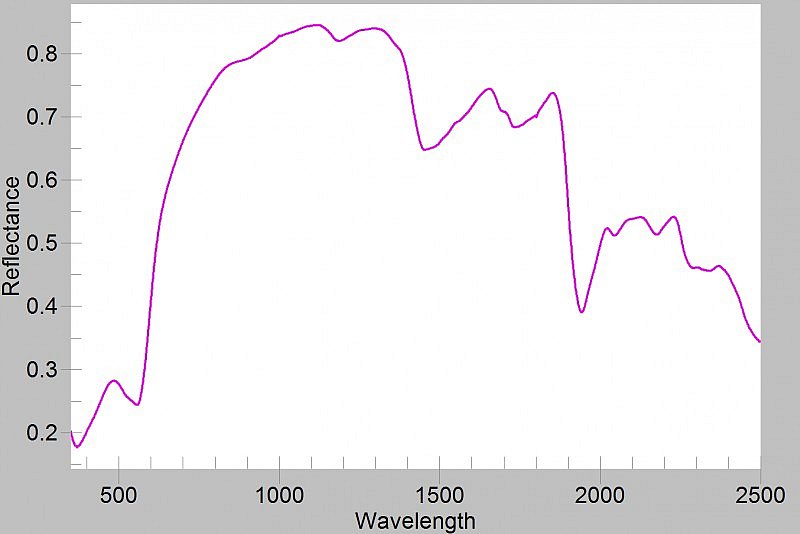The Missal of Cardinal Angelo Acciaiuoli
Use of yellow pigments
Artists' Materials
Lead-tin yellow is the only yellow pigment used for the images painted within the historiated initials, where it is also employed for highlights over green leaves and mixed with azurite to provide green.
In the letter shapes of the initials themselves and in the border ornamentation, however, lead-tin yellow is substituted on some folios by a lead oxide or by a yellow dye, which in most cases are also mixed with azurite to provide green. These differences suggest that the letter shapes and borders were completed by assistants, while the main artists painted only the images within the initials and the large figures or heads occasionally found in the borders.
1
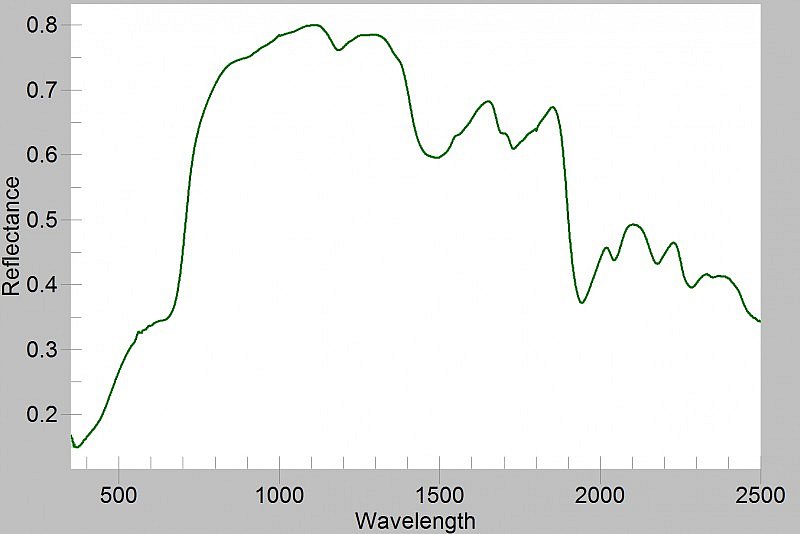
The small dark green leaves in the borders were painted with vergaut, a mixture of indigo blue, identified by the minimum at 660 nm in the FORS spectrum (above) with an arsenic sulphide yellow, likely orpiment, as suggested by the arsenic (As) and sulphur (S) identified by XRF (below).
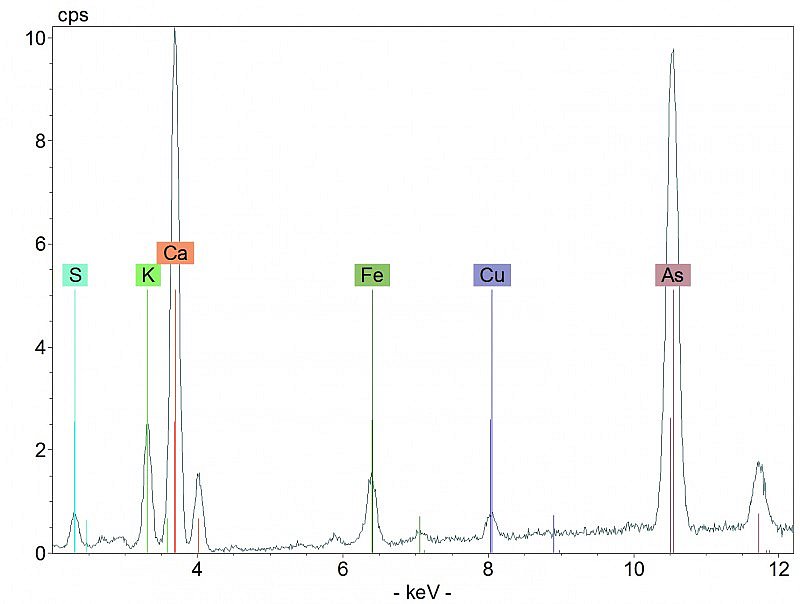
2
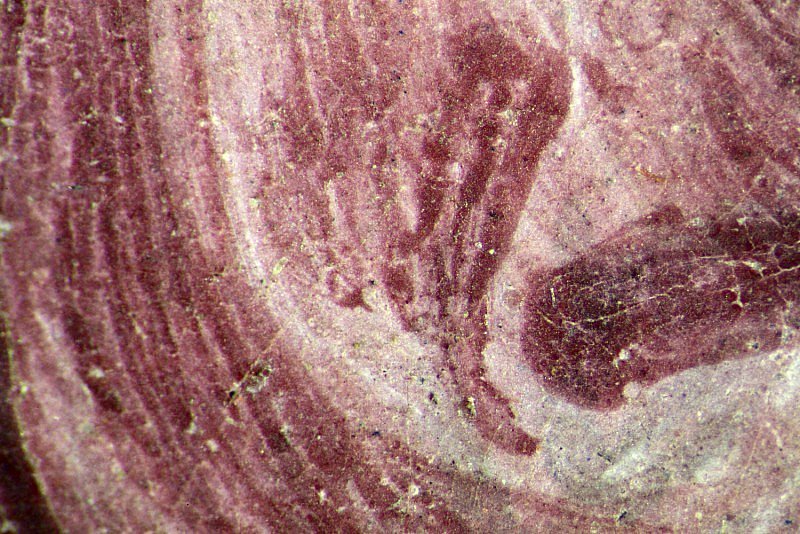
Detail of the pink robe under magnification (25x), modelled with dark pink brushstrokes over a light pink base layer. The FORS spectrum (below) shows the typical features of an insect-based dye, likely insect-based, as well as absorption bands at 1726, 1760, 2307 and 2352 nm due to the egg yolk binder.
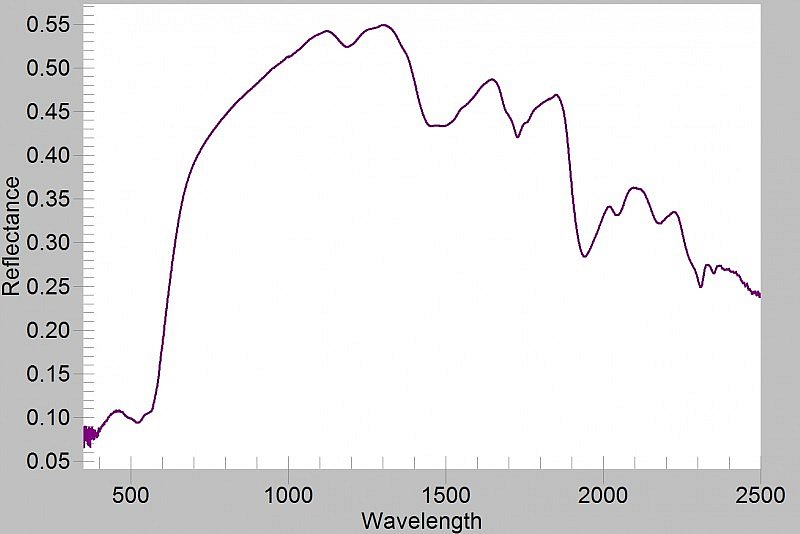
3
The pink decorations in the border were obtained with an organic dye, possibly mixed with gypsum as suggested by narrowing of the deep absorption band at 1943 nm in the FORS spectrum. No features attributed to egg yolk are identified, revealing that a different paint binder was used for this portion of the decoration.
